D-17 installation by Sarah Oppenheimer, Texas
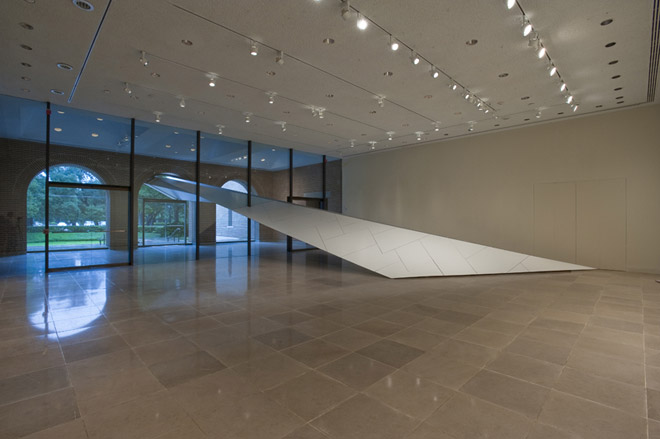
Five times a year, Rice Gallery invites an artist to create a single installation that transforms its Houston space. From its latest pick, however, it got a little more than it bargained for. Sarah Oppenheimer's soaring shard of aluminum not only takes over the gallery but bursts through two windows to reach the courtyard beyond.
The D-17 spans nearly 60 feet, playing with the light as it passes through the space. Part of the American artist's on-going explorations into how holes and perforated planes affect the way we experience the built environment, it is dissected by a thin channel that directs sunlight in from the outside.
The installation appears to change throughout the day. Approach the gallery in full sunlight and it is virtually invisible, with the building's glass exterior acting as a mirror, reflecting the leafy surrounds. The only clue to what lies inside is the metre or so of structure protruding above the doors.
Enter the building, however, and its aluminum planes loom above you. The interior wall of glass acts as a filter, subtly changing the lighting and colour of the structure throughout the day. Meanwhile its thin channel also draws your eyes outside.
Rice Gallery is the only university museum in the US devoted to site-specific installation art. Oppenheimer is one of the more established of its 40 or so artists who have transformed the space, whose works range from a surging sea of cardboard boxes (Phoebe Washburn) to a tapestry of discarded bottle tops (El Anatsui).
The gallery funds the artist's creative process from start to finish, which gives its commissions career-making potential. And, for visitors, it offers an immersive experience. As you walk into the gallery, you enter the art and become part of the installation.
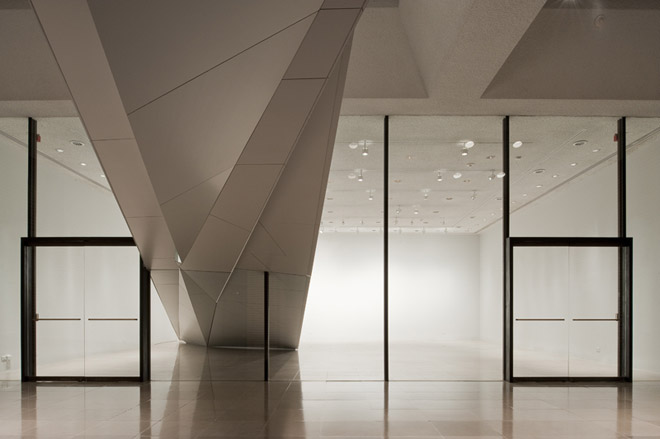
The D-17 evolved from a design workshop that Oppenheimer conducted with Rice architecture students, in which they analysed the light conditions in the gallery
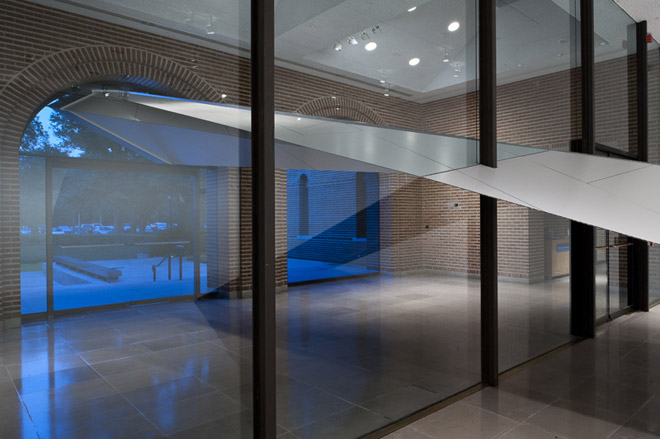
The ambitious final structure incorporated multiple disciplines and productions processes, including CNC milling, metal fabrication and structural engineering
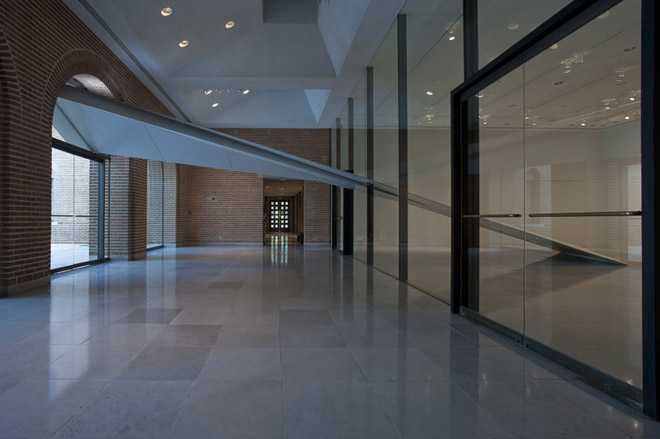
The structure bursts through two windows to reach the outside
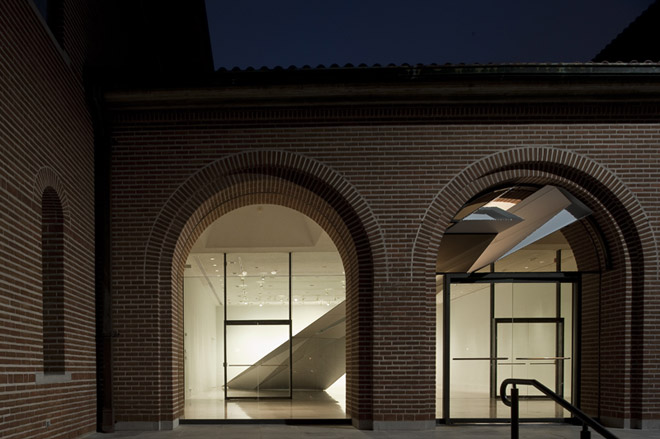
Rice Gallery is the only university gallery in America dedicated to installation art
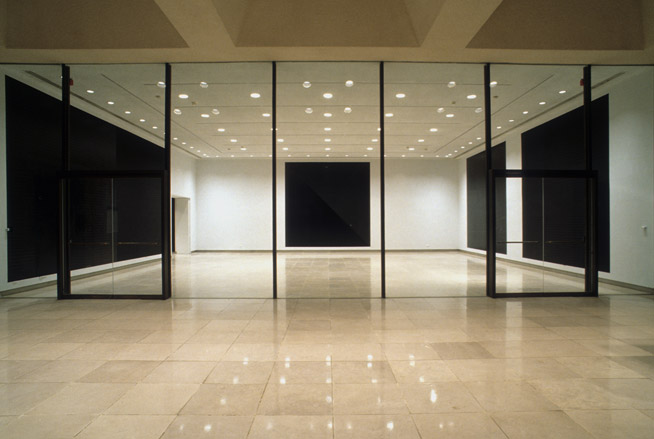
Past installation: ’New Work’ by Sol LeWitt, 1997
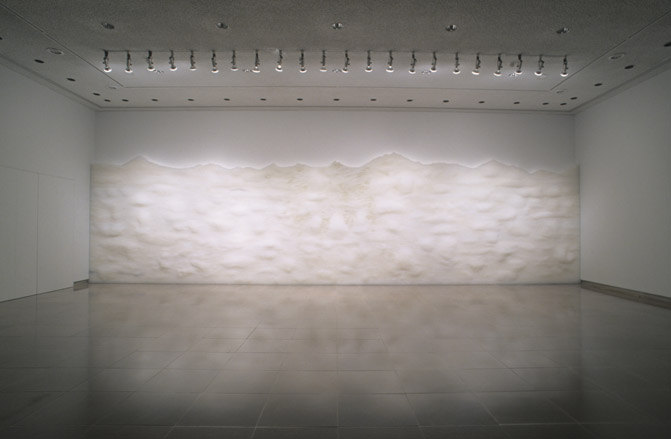
Past installation: ’Haze’ by Tara Donovan, 2003
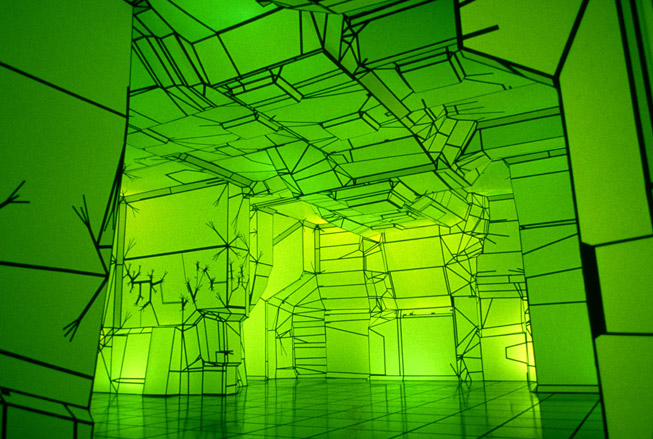
Past installation: ’SuperThrive’ by Stephen Hendee, 2000
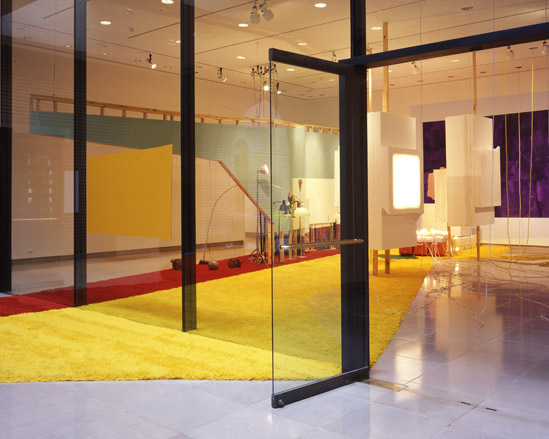
Past installation: ’Sam Ran Over Sand or Sand Ran Over Sam’ by Jessica Stockholder, 2004
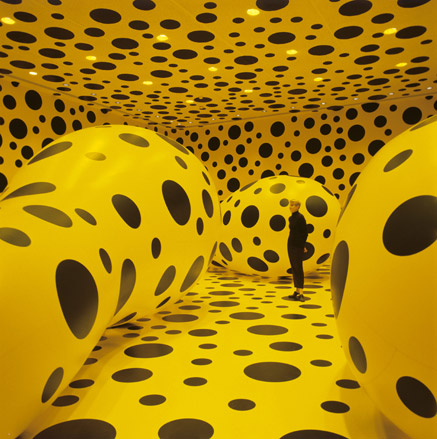
Past installation: ’Dots Obsession’ by Yayoi Kusama, 1997
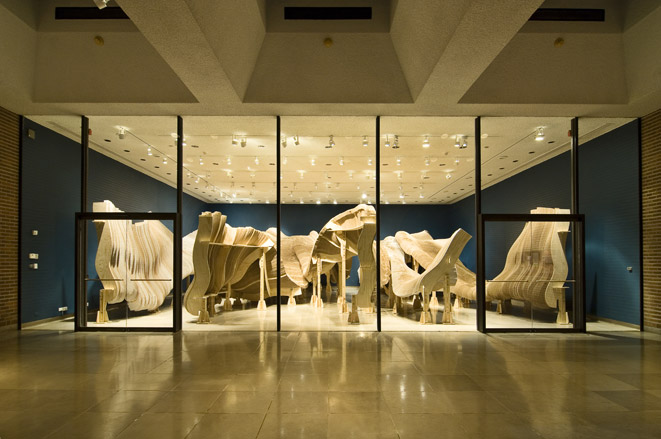
Past installation: ’Rip Curl Canyon’ by Benjamin Ball and Gaston Nogues, 2006
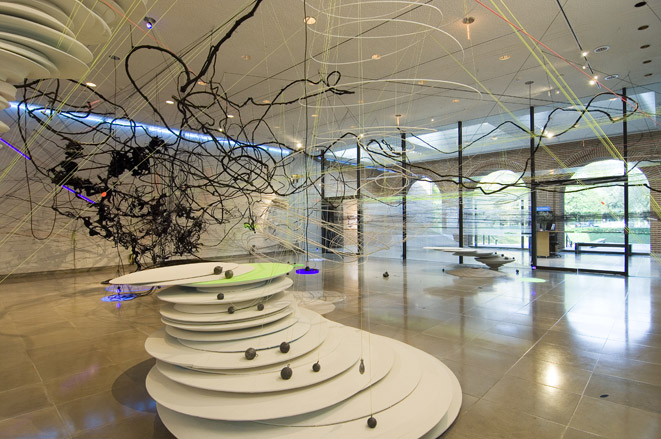
Past installation: ’. . . . . all of the above’ by Judy Pfaff, 2007
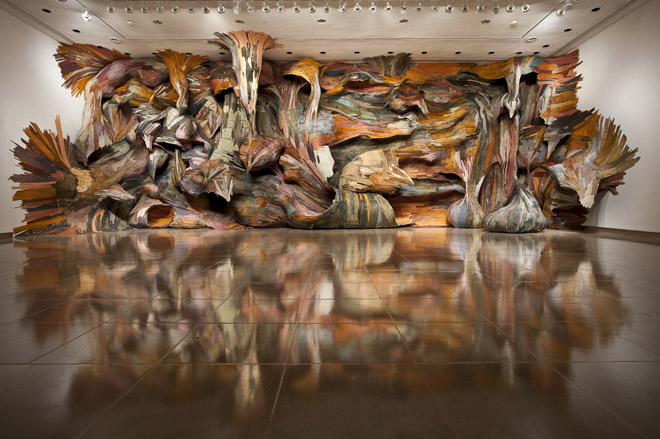
Past installation: ’Tapumes’ Henrique Oliveira, 2009
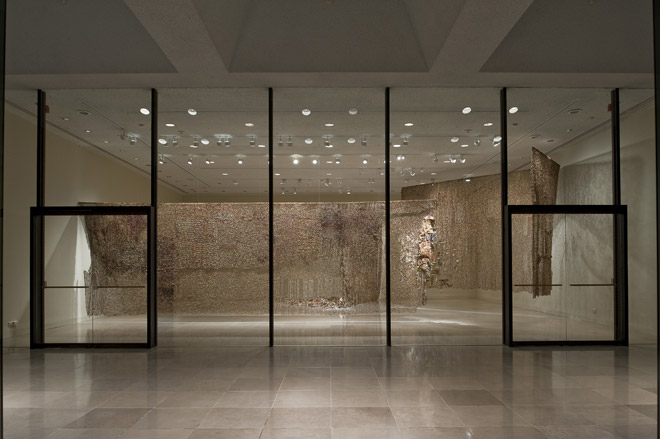
Past installation: ’Gli (Wall)’ by El Anatsui, 2010
ADDRESS
Wallpaper* Newsletter
Receive our daily digest of inspiration, escapism and design stories from around the world direct to your inbox.
6100 Main Street
352 Sewall Hall
Houston
Texas 77005
Malaika Byng is an editor, writer and consultant covering everything from architecture, design and ecology to art and craft. She was online editor for Wallpaper* magazine for three years and more recently editor of Crafts magazine, until she decided to go freelance in 2022. Based in London, she now writes for the Financial Times, Metropolis, Kinfolk and The Plant, among others.
-
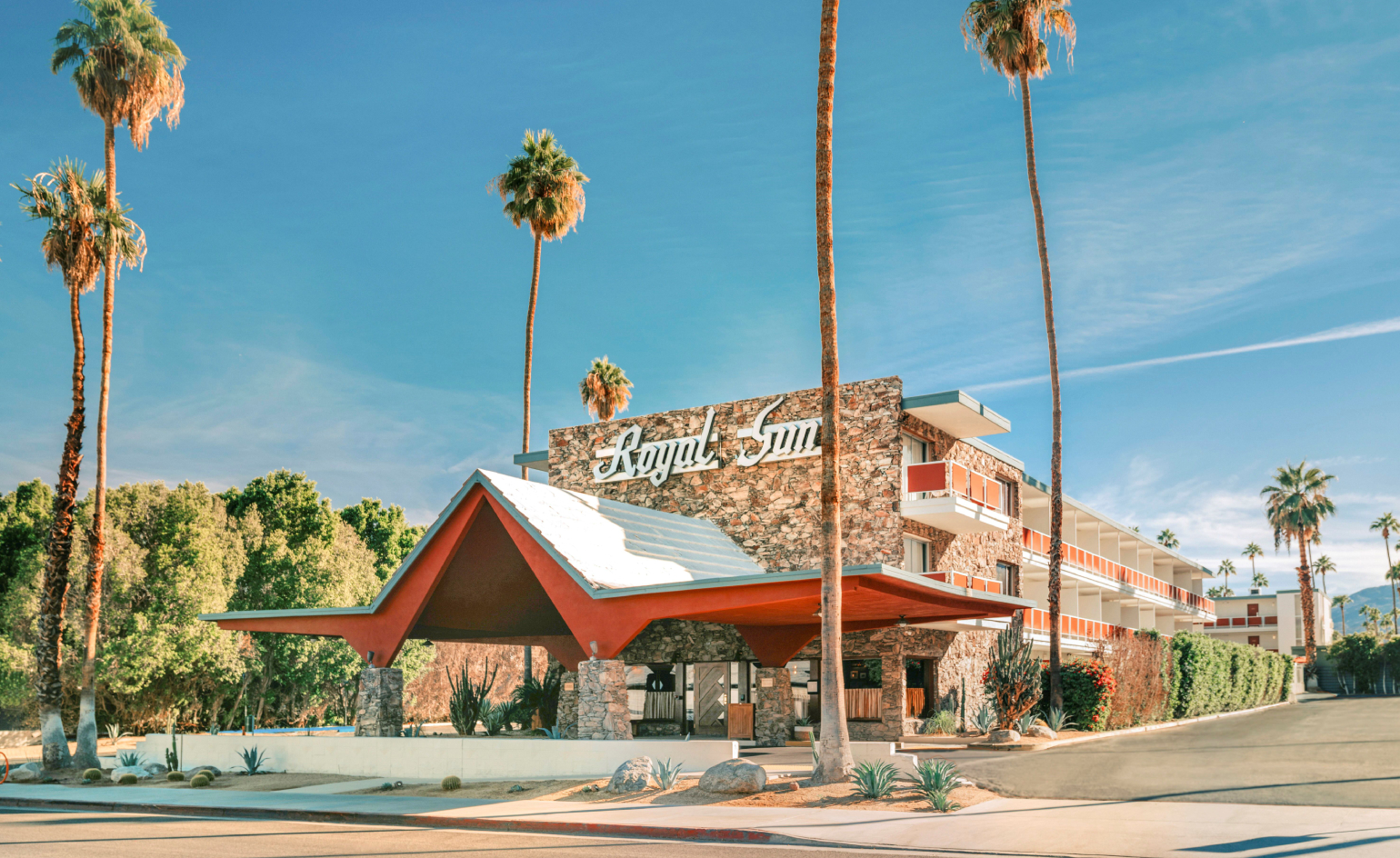 Seven things not to miss on your sunny escape to Palm Springs
Seven things not to miss on your sunny escape to Palm SpringsIt’s a prime time for Angelenos, and others, to head out to Palm Springs; here’s where to have fun on your getaway
By Carole Dixon
-
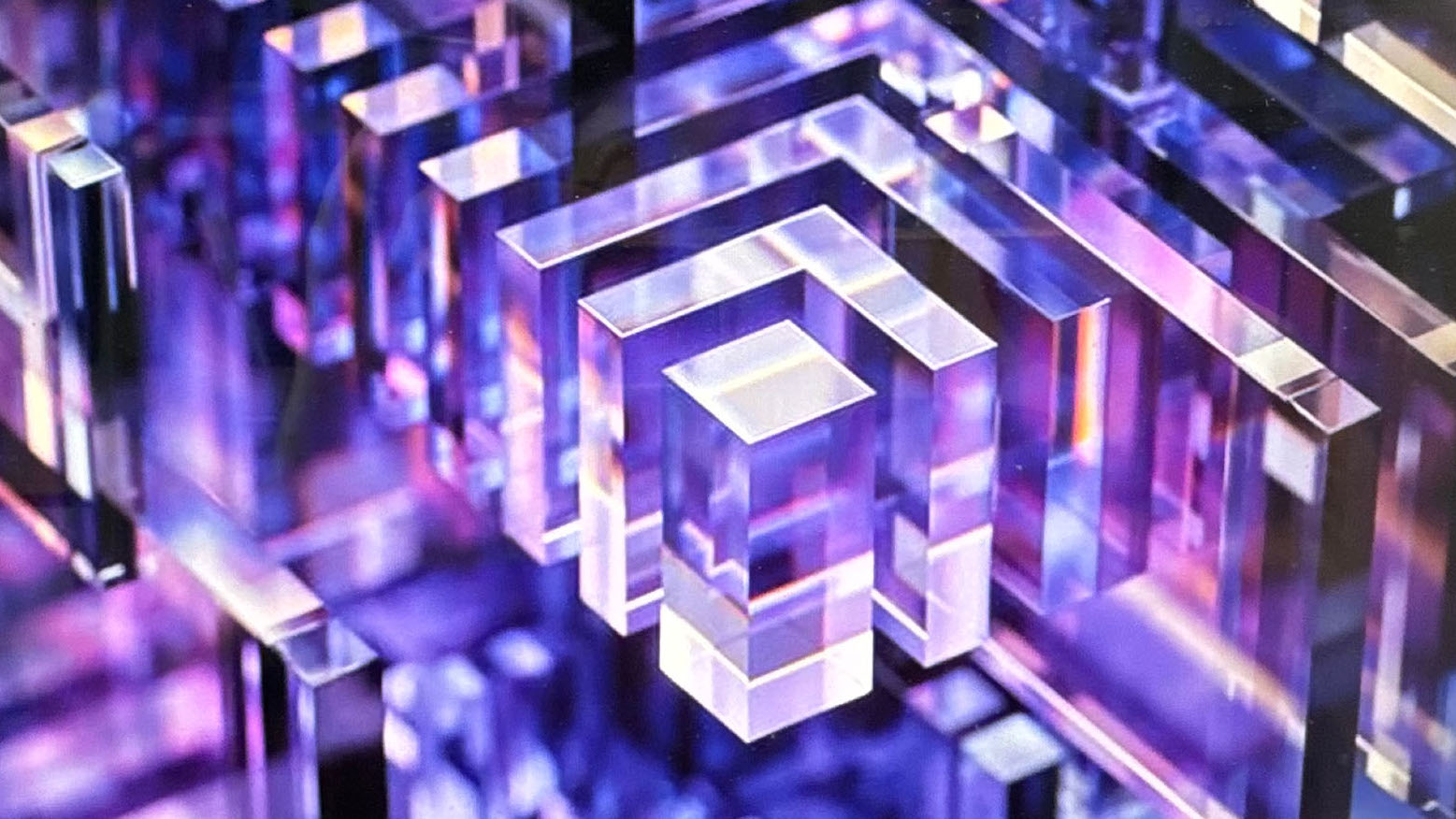 Microsoft vs Google: where is the battle for the ultimate AI assistant taking us?
Microsoft vs Google: where is the battle for the ultimate AI assistant taking us?Tech editor Jonathan Bell reflects on Microsoft’s Copilot, Google’s Gemini, plus the state of the art in SEO, wayward algorithms, video generation and the never-ending quest for the definition of ‘good content’
By Jonathan Bell
-
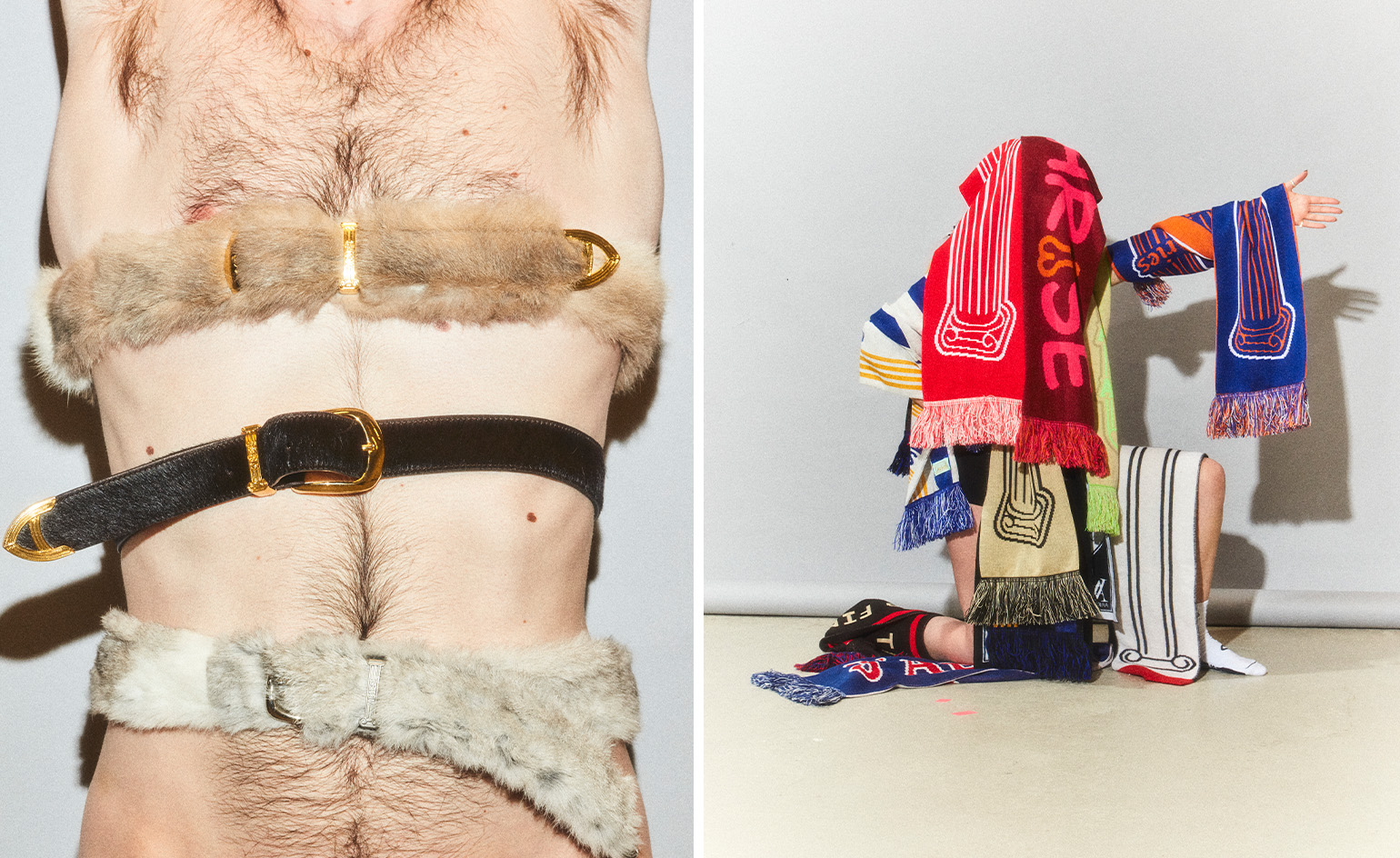 ‘Independence, community, legacy’: inside a new book documenting the history of cult British streetwear label Aries
‘Independence, community, legacy’: inside a new book documenting the history of cult British streetwear label AriesRizzoli’s ‘Aries Arise Archive’ documents the last ten years of the ‘independent, rebellious’ London-based label. Founder Sofia Prantera tells Wallpaper* the story behind the project
By Jack Moss